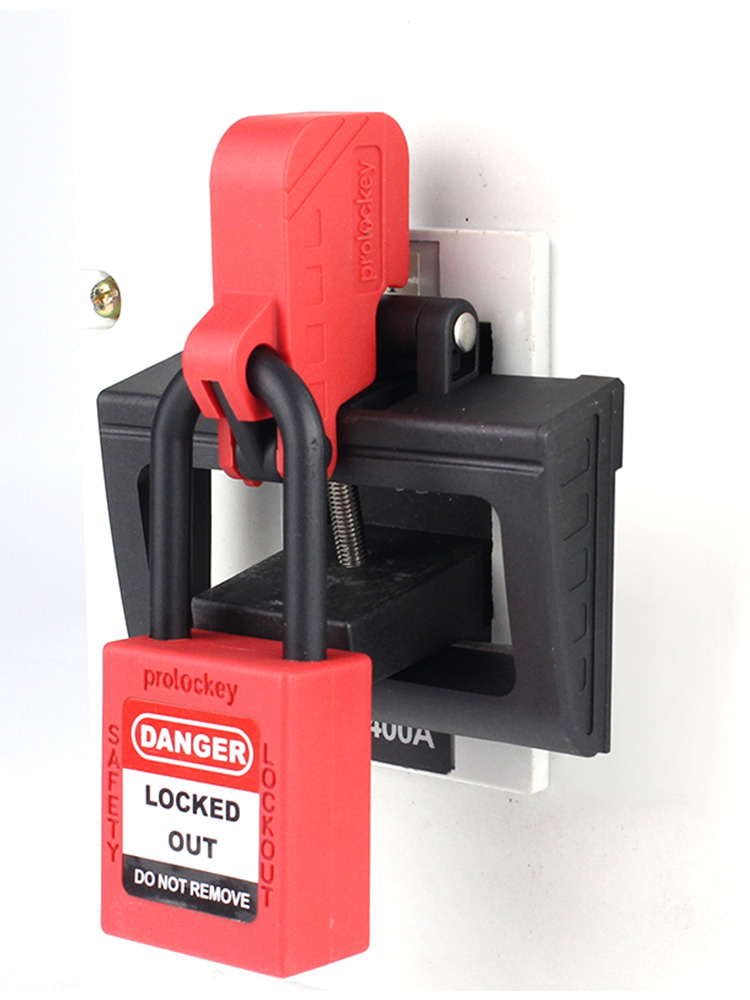Lockout/Tagout
Background
Failure to control potentially hazardous energy (i.e., electrical, mechanical, hydraulic, pneumatic, chemical, thermal, or other similar energies capable of causing bodily harm) during equipment repair or service accounts for nearly 10 percent of the serious accidents in the workplace. Typical injuries include fractures, lacerations, contusions, amputations, and puncture wounds. To control or eliminate this hazard, the Occupational Safety and Health Administration (OSHA) issued the Control of Hazardous Energy Standard, also known as the “Lockout/Tagout Standard.” It requires that:
Energy sources for equipment be turned-off or disconnected
The switch either be locked or labeled with a warning tag
The equipment cleared of personnel, tools and other items
The effectiveness of the lockout and/or tagout tried by operating the on/off switch to confirm that the equipment does not start
Under the Control of Hazardous Energy Standard, the University of Arizona (UA) is required to:
Establish a written Energy Control Plan which tells how to lockout and tagout equipment to prevent injury to employees performing repairs or service (i.e. Lockout/Tagout Program)
Provide training to ensure employees understand the Lockout/Tagout Program and know how to perform lockout/tagout procedures safely
Conduct periodic inspections of lockout/tagout procedures to ensure that they are being followed faithfully and safely
The University of Arizona’s Lockout/Tagout Program
Risk Management Services, has developed the University of Arizona’s Energy Control Plan or Lockout/Tagout Program (PDF format). It provides guidance for disabling machines or equipment to ensure that all potentially hazardous energy is isolated before any servicing or maintenance activities are conducted. It also provides guidance for achieving compliance with OSHA’s Control of Hazardous Energy Standard.

Post time: Nov-12-2022






